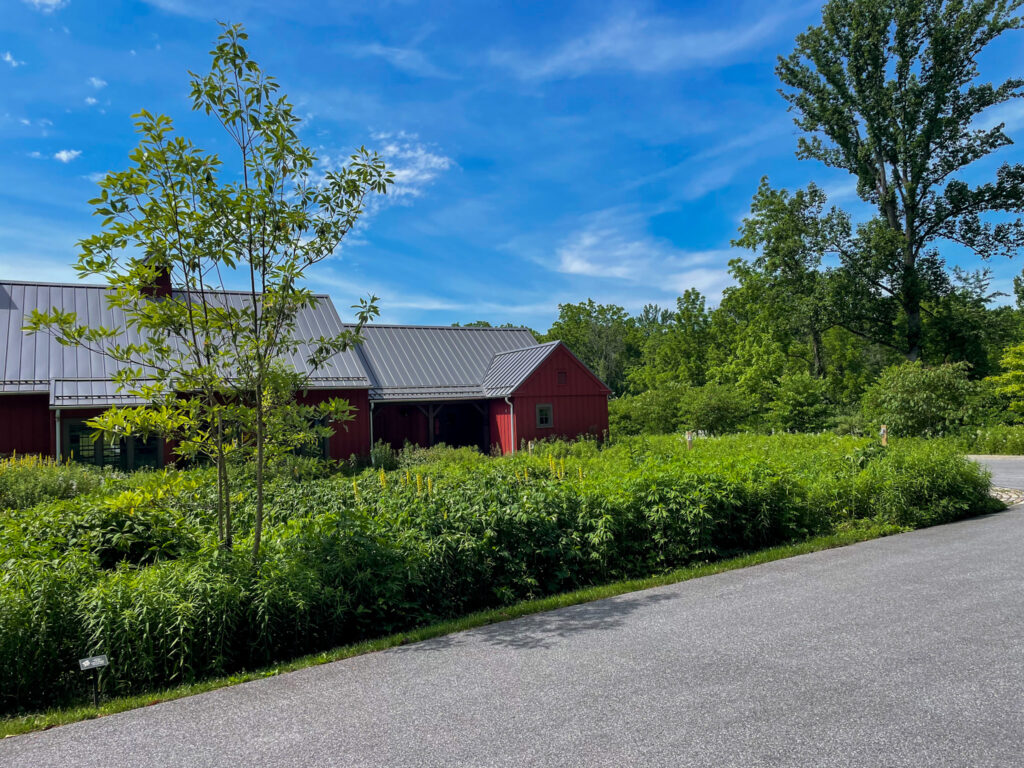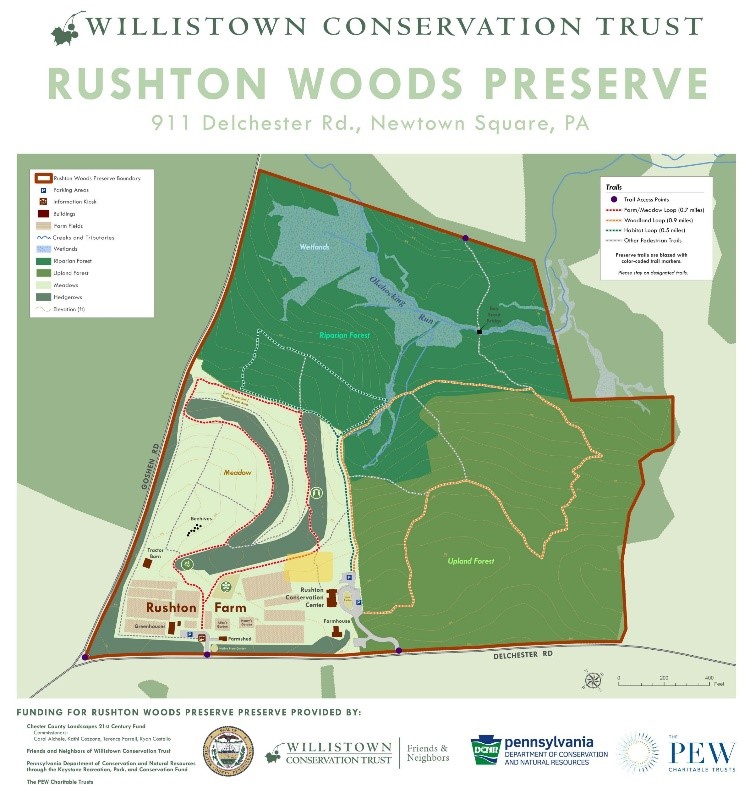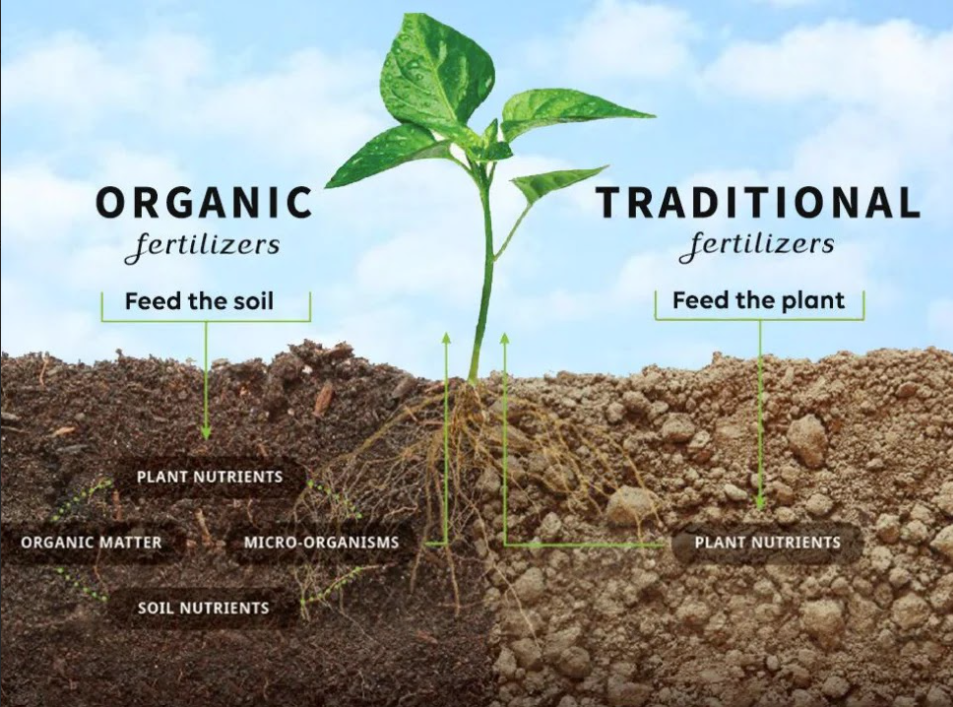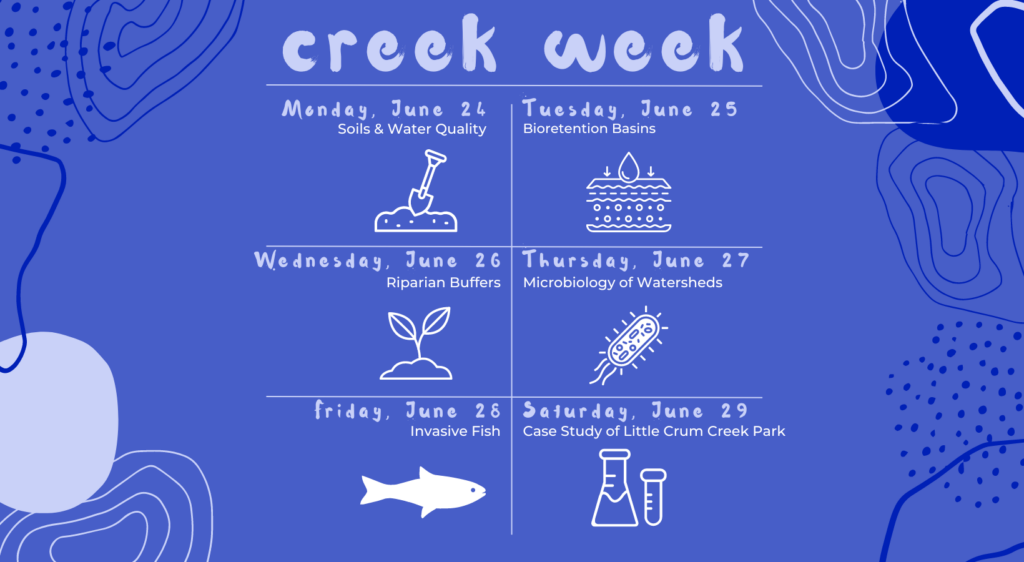By: Sarah Barker
Parasites have a pretty bad reputation, which is well-deserved in most cases, but did you know that they can actually tell us a lot about ecosystem health? Parasites are creatures that rely on another organism in order to complete their life cycle. An example of a common parasite are mosquitos; these insects require blood from a host animal in order to reproduce. In fact, only female mosquitoes suck up blood, males rely solely on plant nectar for their food source. In aquatic ecosystems parasites are incredibly diverse and abundant; they are also often specific about which host species they will infect. These traits mean that parasites can be used to measure biodiversity in a habitat since the more parasite species are present, the more host species are required to support their populations. It is estimated that for every one “free-living” species on earth there are approximately four parasite species that may use it as a host.
Many parasites actually need multiple different host species in order to complete their life cycle (heteroxenous parasites) and oftentimes they use hosts which live in different habitats, connecting aquatic and terrestrial ecosystems as they mature and reproduce. For example Alaria americana, a type of flatworm which hatches in freshwater, requires three to four different hosts in order to successfully reproduce: a snail, a frog, sometimes a transport host like a snake or a small mammal, and a larger predator mammal like a fox or a dog. This means that the presence of this species or other heteroxenous parasites in a watershed indicates the presence of all of their hosts in the same area; making these multi-host parasites a wonderful barometer for ecosystem diversity.
Adult Alaria flatworms. (Photo Credit: https://wcvm.usask.ca/learnaboutparasites/parasites/alaria-species.php)
Parasites are also essential in maintaining healthy and well-adapted host species populations. There is evidence to suggest that some parasites like intestinal worms may actually benefit infected hosts by removing toxins from their body and taking them up into their own. But, only strong individuals can withstand the stress of a parasite infection and successfully reproduce. Over time, this leads to a stronger community as weaker individuals are weeded out. Additionally, parasites can modify the physical appearance, behavior, energy levels, and even the gut microbiome of their hosts, creating more differences in the host population for natural selection to act upon and more opportunities for parasites to infect new hosts. Most of these modifications serve multiple functions. For example, when mice are infected with toxoplasmosis, a parasitic microorganism, they no longer show a fear response to cats. As a result, these mice are eaten by cats, which are then consequently infected by toxoplasmosis. Since the mice that are vulnerable to toxoplasmosis are eaten and do not reproduce; only mice that are not as vulnerable or more resilient to infection survive and reproduce. Overall this system drives evolution in the host species, increasing the adaptive fitness of populations undergoing parasitic infections.
Mussel larvae, called glochidia, attached to a fish’s gills. (photo credit: Rachel Mair https://usfwsnortheast.wordpress.com/2017/08/21/mussels-making-moves-for-water-quality/8-freshwater-mussel-glochidia-attached-to-gills-of-a-host-fish-credit-rachel-mair/)
In aquatic systems, freshwater mussels start their lives as parasites. The mussel larvae, called glochidia, are expelled in large clusters by female mussels either into the current or directly into a host fish’s face or gills. These glochidia then hitch a ride by attaching to the gills of their host fish and eventually releasing themselves into the water once the host reaches an ideal location. Freshwater mussels perform many vital functions in an ecosystem including filtering out nutrients from the water and anchoring sediment in place using fibers they produce called byssal threads. Finding a healthy population of freshwater mussels in a water body means that their host fish must also be present in significant enough numbers for glochidia to travel with them.
Parasites may not be the prettiest or most charismatic critters, but they sure do tell us a lot about the health of our aquatic environments. They can also provide some surprising benefits for individual hosts and the ecosystem as a whole. These anti-heroes serve to remind us that every creature has an important job in their environment, even the worms and micro-organisms we wish we could forget!






